The library and Streatham Worthies
In June 1773 Thrale completed the building of a two-storey extension to Streatham Park. This incorporated new a west-facing library with a bow-front and three large windows, with a guest room for Johnson above the library.
Here Thrale kept a tidy wig kept for Johnson's special use, because his own was apt to be singed up the middle by close contact with the candle, which Johnson put, being short-sighted, between his eyes and a book.
Streatham worthies
Reynolds's portraits of the friends of Henry Thrale were produced over a period of about ten years, beginning with the novelist and playwright, Oliver Goldsmith, and concluding in 1781 with the composer and music historian, Charles Burney. In addition to the twelve bust-length male portraits Reynolds also painted a double portrait of Henry Thrale's wife and eldest daughter, which was designed to hang over the library's chimneypiece.
The novelist and diarist Fanny Burney, a close friend of Mrs Thrale and daughter of Charles Burney, nicknamed Henry Thrale's collection the 'Streatham Worthies' - a reference to the celebrated 'Temple of British Worthies' at Stowe.
Reynolds's portraits were positioned high on the walls, above the bookshelves, following the practice adopted in the celebrated painted frieze in the Upper Reading Room at the Bodleian Library, Oxford, and the arrangement of portraits in aristocratic libraries, such as Woburn, Badminton, Petworth and Chesterfield House, London. According to Fanny Burney…
Thrale resolved to surmount these1 treasures for the mind by a similar regale for the eyes, in selecting the persons he most loved to contemplate, from amongst his friends and favourites, to preside over the literature that stood highest in his estimation.
On 10 May 1816 Hester sold all portraits except Arthur Murphy's.2
As Fanny Burney noted, the price each one fetched was dictated by 'the celebrity of the subjects' - all of whom were now dead. Johnson once more prevailed, followed in descending order by Burke, Burney, Garrick, Goldsmith and Reynolds. To Mrs Thrale's intense disappointment her own portrait went cheaply, causing her to complain that it was worth twice the price 'even as a History-Piece'.
Hester Thrale described in Thraliana the characters of the people depicted in the portraits as follows …
I will now write out the Characters of the People who are intended to have their Portraits hung up in the Library here at Streatham. I write them in ye order they are to hang.
Edwin Sandys, 2nd Baron Sandys in 1773
Lord Sandys3 first appears at the head of the Tribe
But flat Insipidity who can describe?
When such Parents and Wife as might check even Pindar,
Form Family-Compacts his Genius to hinder;
Their Oppression for Forty long Years he endured,
The Nobleman sunk, and the Scholar obscured:
While Rank, Reason, Virtue, endeavouring in vain,
To fling off their Burden, & break off their Chain;
Could at last but regret--not resist their harsh fate,
Like Enceladus crush'd by the mountainous Weight.
Another time Hester wrote…
Lord Sandys is a quiet man with a low-toned Voice, but when I want a Fact, or good Information as to Ecclesiastical History--I go to Lord Sandys for it--He is more a reading Man than a Thinking Man but he really is a full Man as Bacon expresses it.
This is really a fair Description of poor Lord Sandys's Situation & Abilities: tho' a dull Converser, he is versed in many Branches of Learning: and an admirable Scholar.--his Friendship with Mr Thrale is of long standing, we must turn the Page for Lord Westcote.
William Henry Lyttelton Westcote, later 1st Baron Lyttleton of Frankly in 1772
Next him on the right hand, see Lyttelton4 hang;
Polite in Behaviour, prolix in harangue:
With power well-natur'd, with Science well bred,
He had studied, had travell'd, had reason'd, had read;
Yet the Mind as the body was wanting in Strength,
For in Lyttelton every thing ran into Length:
Of his long wheaten Straw thus the Farmer complains
When the Chaff is still found to outnumber the Grains.
Hester & Queeney Thrale - painted 1777/8
My own & my eldest Daughter's portraits in one Picture come next, and are to be placed over the Chimney.—
In Features so placid, so smooth, so serene,
What Trace of the Wit—or the Welch-woman's seen?
Of the Temper sarcastic, the flattering Tongue,
The Sentiment right—with th' Occasion still wrong.
What Trace of the tender, the rough, the refin'd,
The Soul in which all Contrarieties join'd?
Where tho' Merriment loves over Method to rule,
Religion resides, and the Virtues keep School;
Till when tired we condemn her dogmatical Air,
Like a Rocket She rises, and leaves us to Stare.
To such Contradictions d'ye wish for a Clue,
Keep Vanity still—that vile Passion in view;
For 'tis thus the slow Miner his Fortune to make,
Of Arsenic thin scatter'd pursues the pale Track;
Secure where that Poyson pollutes the rich Ground,
That it points to the Soil where Some Silver is found.
The Portrait of my eldest Daughter deserves better Lines than these which follow—She is a valuable Girl.
Of a Virgin so tender; the Face or the Fame,
Alike would be injur'd by praise or by Blame;
To the world's fiery Tryal too early consign'd
She soon shall experience it, cruel or kind.
His Concern thus the anxious Enameller hides,
And his well finish'd Work to the Furnace confides;
But jocund resumes it secure from Decay,
If the Colours stand firm on the dangerous Day.
Arthur Murphy
Mr Murphy who comes next in Order, will just fill up this page:--his Character is as like as his Portrait.
A Manner so studied, so vacant a Face,
These Features the Mind of our Murphy disgrace;
A Mind unaffected; soft, artless and true,
A Mind which though ductile—has Dignity too:
Where Virtues ill-sorted are huddled in heaps,
Humanity triumphs, and Piety sleeps;
A Mind in which Mirth can with Merit reside,
And Learning turns Frolic with Humour his Guide:
While Wit, Follies, Faults, its Fertility prove,
Till the Faults we grow fond of, the Follies we love,
And corrupted at length by the sweet Conversation,
Protest there's no honesty left in the Nation.
An African Landschape thus breaks on our Sight,
Where Confusion and Wildness increase the Delight;
Till in wanton Luxuriance indulging our Eye,
We faint in the forcible Fragrance, and die.
Arthur Murphy (1727-1805). Barrister, journalist, actor, biographer, translator and playwright.
Sir Joshua Reynolds' unsigned oil on canvas portrait of Arthur Murphy, is a head and shoulders in semi profile looking to his right, wearing white lace cravat with red velvet jacket and waist coat. It is inscribed verso "Portrait of Arthur Murphy Esquire painted by Joshua Reynolds for Mrs Thrale (afterwards Mrs Piozzi) of whom I purchased it in 1819-George Watson Taylor", Thomas Agnew and Sons paper label and no. 1014, and paper label giving provenance, 29" x 24".5
The painting was seen in public in 1917 and was listed as untraced in an art book in 2000. However, it was sold to the art dealer and agent Arthur Sulley, in 1917, who passed it to a Mr Rolston-Mitchell, then by descent to the 2005 private vendor of the painting, who lived in the Driffield area.6
The portrait was sold at auction7 on 16 September 2005 to Sidney Green of London for £305,000.
Saleroom manager Pippa Whiteley said…
When we found it in the Driffield area, it was very exciting. It is really nice to sell a beautiful painting and it is had very little restoration to it - it hasn't even been re-lined. It is marvellous. It is a beautiful painting and the quality of the brush strokes is fabulous.
All the action was captured on film by cameraman Pete Cook, who filmed at the Exchange Street sale room for The Auction Year.8
Oliver Goldsmith - painted 1772
After writing the Characters of all his Friends in the Retaliation Poem, and after Garrick's9 Verses upon him; how difficult is it to draw Dr Goldsmith! yet I will say these Lines are not bad.
From our Goldsmith's anomalous Character, who,
Can withhold his Contempt—and his Reverence too?
From a Poet so polish'd, so paltry a Fellow,
From Critick, Historian, or vile Punchinello?
From a Heart in which Meanness had fix'd her Abode,
From a Foot that each Path of Vulgarity trod;
From a Head to invent, and a hand to adorn,
Unskilled in the Schools—a Philosopher born.
By Disguise undefended, by Jealousy smit,
This Lusus Naturæ—Non-Descript in Wit;—
May best be compar'd to those Anamorphoses,
Which for Lectures to Ladies, th' Optician proposes,
All Deformity seeming in some points of View,
In others quite regular, uniform, true:
Till the Student no more sees the figure that shock’d her,
But all in his Likeness—our odd little Doctor.
Oliver Goldsmith. 1730 - 1774. Frances Reynolds' (Joshua's sister) thought this was the most flatterring picture her brother painted. The portrait was sold by Hester on 10 May 181610 to the Duke of Bedford for £133 and 7 shillings; the Duke of Bedford sale, Christie's 19 January 195111, bought in; sold by the Trustees of the Bedford Estates, Christie's 1 November 199412, bought by National Gallery of Ireland, Dublin.
Sir Joshua Reynolds - painted 1775
For Sir Joshua we must again turn the Page I see, for short as his Character is, there is not room for it on this Side; and! won't break uniformity by writing some Lines in one Leaf, some in another:--I have hardly said good enough of Sir Joshua, but let it go--I wish it were more favourable too.
Of Reynolds what Good shall be said?—or what harm?
His Temper too frigid, his Pencil too warm;
A Rage for Sublimity ill understood,
To seek still for the Great, by forsaking the Good;
Yet all Faults from his Converse we sure must disclaim,
As his Temper ’tis peaceful, and pure as his Fame;
Nothing in it o’er flows, nothing ever is wanting,
It nor chills like his Kindness, nor glows like his Painting;
When Johnson by Strength overpowers our Mind,
When Montagu dazzles, or Burke strikes us blind;
To Reynolds for Refuge, well pleas’d we can run,
Rejoyce in his Shadow, and shrink from the Sun.
Hester altered the harshness of these opening four lines, in the version given to Sir James Fellowes, and published by Hayward as follows…
Of Reynolds all good should be said, and no harm;
Tho' the heart is too frigid, the pencil too warm.
Her comments of false sublimity was omitted.
Sir Joshua Reynolds. Painter and first President of Royal Academy of Art 1723-1792. Portrait sold by Hester on 10 May 1816 to Richard Sharp, Esq. MP for £128 and 2 shillings, who bequeathed it to his ward, Maria Kinnaird; by descent to Miss Emily Drummond, who bequeathed it to the National Gallery in 1930; transferred to the Tate Gallery.
Sir Robert Chambers
Of Sir Robert Chambers' peculiarities I know little, Suffice it that he is esteem'd a Man who made Virtue amiable: his Person—& perhaps his Mind—resembled Dr Burney's13
In this luminous Portrait requiring no Shade,
See Chambers' soft Character sweetly display'd;
Oh quickly return with that genuine Smile,
Nor longer let India's Temptations beguile;
But fly from those Climates where moist Relaxation
Invades with her Torpor th effeminate Nation;
Where Metals and Marbles will melt and decay,
Fear Man for thy Virtue, and hasten away.
Sir Robert Chambers. 1737 - 1803. Born and educated in Newcastle. At the age of 17, he won a scholarship to Lincoln College, Oxford, and in 1761 he joined the Middle Temple as a barrister. Five years later, he was appointed Vinerian Professor of Law and principal of New Inn Hall at Oxford.
From 1774 to 1799 he was in India where, for most of the time, he acted as Chief Justice to the Supreme Court in Bengal. He returned to England in 1799, having lived in India for 25 years and having played a key role in the establishment of the British judiciary system there.
The portrait was sold by Hester on 10 May 1816 to Sir Robert Chambers' widow for £84, thence by descent. Auctioned at Sotherby's in 2004 14, outcome unknown.
David Garrick - painted 1760 or 1761
With Garrick I had no close Acquaintance, and could therefore give nothing but in general:—Goldsmith had likewise forestalled everything one cou’d have said I suppose; had I been intimate with him, which I never was.
Here Garrick's lov'd Features our Mem'ry must trace,
Here Praise is exhausted, and Blame has no Place;
Many Portraits like this, would defeat my whole Scheme,
For what can be said on so hackney’d a Theme?
’Tis thus on the Ocean whole Days one may look,
Every Change well-recorded in some well-known Book,
Till with vain Expectation fatiguing our Eyes,
Not an Image uncommon or new it supplies.
David Garrick. Actor 1717-1779. Portrait sold by Hester on 10 May 1816 to Dr. Charles Burney, the younger for £183 and 15 shillings. It remained in the Burney family for more than a century and is now part of the Hyde Collection.
Henry Thrale - painted 1777
Poor dear Mr Thrale! may his Verses fail of being prophetick! and may he live long after I am gone, to read his own Character in the Thraliana.
See Thrale from Intruders defending his Door,
While he wishes his House should with People run o'er.
Unlike his Companions the Make of his Mind,
In great Things expanded, in small Things confin’d;
Yet his Purse at their Call, & his Meat to their Taste,
The Wits he delighted in, lov’d him at last;
And finding no prominent Folly to fleer at,
Respected his Wealth, and applauded his Merit.
Much like that empirical Chemist was he,
Who thought Anima Mundi the grand Panacee,
Yet when every kind Element help'd his Collection,
Expir'd while the Med'cine was yet in Projection.
Giuseppe Baretti - painted 1773
The following Verses need no Comment I trust—they are most to my Liking of the whole Collection.
Baretti hangs next, by his Frowns you may know him,
He has lately been reading some new-publish'd Poem;
He finds the poor Author a Blockhead, a Beast,
A Fool without Sentiment, Judgment or Taste;
Ever thus let our Critick his Insolence fling,
Like the Hornet in Homer, impatient to sting,
Let him rally his Friends for their Frailties before 'em,
And scorn the dull praise of that dull Thing Decorum;
While Tenderness, Temper, & Truth he despises,
And only the Triumph of Victory prizes.
Yet let us be candid, and where can we find,
So active, so able, so ardent a Mind?
With your Children more soft; more polite with your Servant,
More firm in Distress, or in Friendship more fervent.Thus Etna enrag'd his Artillery pours,
And tumbles down Palaces Princes and Towers;
While the Peasant more happy who lives at its foot
Can make it a Hothouse to ripen his Fruit.—
The portrait of Giuseppe Marc' Antonio Baretti, Queeney's Italian tutor was sold by Hester on 10 May 181615 to George Watson Taylor, Esq. for £86 and 2 shillings; Christie's 13 June 1823, bought in; sold 1832 by Robins to Taylor acting for the Marquess of Hertford; exchanged by him in 1843 for a portrait by Reynolds of Lady William Gordon in Holland House; Lady Holland; thence by descent, (private collection).
Charles Burney - painted 1781
Next follows Dear Doctor Burney; let me try not to be too partial to a Friend from whom I never did receive any thing but Pleasure. his sweet Daughter whom I dearly love, will scarce think the portrait sufficiently favourable--yet She might trust him with me: 'tis lucky enough that he so closely follows his perfect Opposite Baretti.
See here happy Contrast! in Burney combine,
Every Power to please, every Talent to shine;
In professional Science a second to none,
In social—if second—thro’ Shyness alone;
So sits the sweet Violet close to the Ground,
While Holyoaks and Sunflowers flant it around:
This Character form’d free, confiding, & kind,
Grown cautious by Habit, by Station confin’d,
Tho’ born to improve and enlighten our days,
In a supple Facility fixes its Praise:
And contented to sooth, unambitious to strike,
Is the favrite of all Men,—of all Men alike.'Tis thus while the Wines of Frontiniac impart,
Their sweets to our Palate, their Warmth to our heart;
All in Praise of a Liquor so luscious agree,
From the Monarch of France to the wild Cherokee.
Charles Burney. 1726 - 1814 musician, writer and Queeney's music tutor. Portrait sold by Hester Thrale on 10 May 181616, bought by Burney's son, also Dr Charles Burney for £84; by descent to Miss Burney; bought from J.C. Burney-Cumming by the National Portrait Gallery London 1953.
Edmund Burke - painted 1774
Tis now Time [to] turn over a new Leaf for the great Orator Mr Edmund Burke—who—after I had ran from Gentleman's house to Gentleman's house all over Wales in the Year 1774—was the first Man I had ever seen drunk, or heard talk Obscænely—when I lived with him & his Lady at Beaconsfield among Dirt Cobwebs, Pictures and Statues that would not have disgraced the City of Paris itself: where Misery & Magnificence reign in all their Splendour, & in perfect Amity. That Mrs Burke drinks as well as her Husband, & that their Black a moor carries Tea about with a cut finger wrapt in Rags, must help to apologize for the Severity with which I have treated so very distinguished a Character.
See Burke's bright Intelligence beam from his Face,
To his Language give Splendor—his Action give Grace;
Let us list to the Learning that Tongue can display,
Let it steal all Reflexion, all Reason away;
Lest home to his House we the Patriot pursue,
Where Scenes of another Sort rise to our View;
Where Meanness usurps sage Œconomy's Look,
And Humour cracks Jokes out of Ribaldry's Book;
Till no longer in Silence, Confession can lurk,
That from Chaos and Cobwebs could spring even Burke.
’Twas by Accident thus deep conceal'd in the Ground,
And unnotic’d by all the proud Metal was found;
Which exalted by Place, and by Polish refin'd,
Can comfort, corrupt, and confound all Mankind.
When Fanny Burney met and fell in love with Burke, in June of 1782, she wrote to Mrs. Thrale17:
I must try to get at the Thral-na & burn some certain scandalous verses upon him, by the first opportunity for I am now bent upon considering them as a Lampoon':
Dr Samuel Johnson - painted 1772-8
Here comes dear Doctor Johnson and his Character; if I have not done him justice, tis only because nobody can do him Justice: God preserve his Life, he will want no one to battle for his Character.
Gigantick in Knowledge, in Virtue, in Strength,
Our Company closes with Johnson at length;
So the Greeks from the Cavern of Polypheme past,
When wisest and greatest, Ulysses came last.
To his Comrades contemptuous, we see him look down,
On their Wit & their Worth with a general Frown:
While from Science proud Tree the rich Fruit he receives,
Who could shake the whole Trunk, while they turn'd a few leaves;18
The inflammable Temper—the positive Tongue,
Too conscious of right for endurance of Wrong;
We suffer from Johnson—contented to find,
That some notice we gain from So noble a Mind;
And pardon our hurts, since so often we've found,
The Balm of Instruction pour’d into the Wound.Tis thus for its Virtues the Chemists extoll
Pure rectified Spirit—sublime Alcohol;
From noxious Putrescence preservative pure,
A Cordial in Health, and in Sickness a Cure;
But expos'd to the Sun, taking Fire at his Rays,—
Burns bright to the Bottom, and ends in a Blaze.
A portrait of Samuel Johnson by Joshua Reynolds circa 1775 showing Johnson pulling a book's cover back and concentrating intensely on its words.
Hester Thrale wrote of this painting in _Anecdotes of the Late Samuel Johnson, L.L.D …
When Sir Joshua Reynolds had painted his portrait looking into the slit of his pen, and holding it almost close to his eye, as was his general custom, he felt displeased, and told me 'he would not be known by posterity for his defects only, let Sir Joshua do his worst'. i said in reply that Reynolds had no such difficulties about himself , and that he might observe the picture which hung up in the room where we were talking, represented Sir Joshua holding his ear in his hand at his ear to catch the sound. 'He may paint himself as deaf (replied Johnson); but I will not be blinking Sam.”
Samuel Johnson. 1709 - 1784. Portrait sold by Hester on 10 May 181619 to G. Watson Taylor for £378; Taylor sale by Robins at Eristoke, 25 July 183220, bought by Sir Robert Peel; bought by the National Gallery in 1871; transferred to the Tate Gallery.
Sir Philip Jennings Clerke, 1st Baronet Clerke of Auddlestone
So much for the Library Portraits! Sir Philip21 teized me to add his to the Number, tho' I have none of his Picture Dear Creature: I will however get me half a Dozen Drawings of six particular fav'rites for my Dressing Room, some day that my Money and Kindness for the Rogues runs over.—
From Wits, Authors, Criticks, to Jennings we haste,
For Courage with Gentleness-Candour with Taste;
Well pleased in the Form one delights in, to find
That Grace which adorns his more elegant Mind:Whence Honour his Standard shall never remove,
Though tempted by Vanity, Interest, or Love.
This Character's Coolness refreshes our Eyes,
By Brilliancy dazzled, or pain'd by Surprize.When with Harmony thus and her complicate Charms,
Bold Handel astonishes, awes us,--alarms:
A Minuet' soft Movement our Nerves can relieve,
And Pleasure unmix'd with Anxiety give.
Summary
So here are all our friends described—without Prejudice or partiality; and who will say that any of them are such Characters as one would wish to be oneself? but let any other Set be produced, & the manifest Superiority of ours will speedily be acknowledged. I have not gloss'd nor spar'd my own Portrait—it is as like as any of them.
Worthies without portrait
In addition to those painted by Reynolds, other guests included:
- Joseph Crutchley 1745 - 28 December 1805 Henry Thrale's illegitimate son.
- William Seward 1747-1799 anecdotist and son of a wealthy brewer of the firm Calvert and Seward. Published "Anecdotes of Distinguished Persons".
- John Cator M.P. 1728 - 21 February 1806, Member of Parliament for Ipswich, timber merchant of London and of Beckenham Place.
- Bennet Langton 1737-1801 a scholar of Greek and close friend of Samuel Johnson. Educated at Oxford. Boswell, said of him: "a gentleman eminent not only for worth, and learning but for an inexhaustible fund of entertaining conversation". He succeeded Johnson as Professor of Ancient History to the Royal Academy.
- Topham Beauclerk 1739-1831 2nd husband of Lady Diana Spencer and close friend of Samuel Johnson.
- Sir John Hawkins 1719-1789
- Dr. Thomas Percy 1729-1811 editor of Tatler, Guardian and Spectator, Bishop of Dromore
- Dr. Christopher Nugent died 1775, father-in law of Edmund Burke.
- Samuel Dyer 1725-1772 writer and translator.
- James Woodhouse 1735-1820 poet and shoemaker.
- Frances (Fanny) Burney 1752-1840 author of Evelina.
- Baronet Sir William Weller Pepys 1740-1825 created a Baronet in 1801.
- James Harris of Salisbury 1709-1780 philosopher grammarian and author of Hermes, a philosophical inquiry concerning universal grammar.
- Baronet Sir Richard Jebb 1729-1787.
- James Wallace (1729–1783) Barrister, Member of Parliament, Solicitor General and Attorney General.
- Mrs Elizabeth Montagu 1720-1800 'Blue Stocking' authoress and society hostess.
Texts
Hester Thrale's 1806 manuscript catalogue of books at Brynbella indicates that texts in the Thrale library included …
- Menagiana;
- Sevigniana;
- Sorberiana;
- Santoliana;
- Perroniana; and,
- Buonaparteana.
The library was stocked with books purchased on Johnson's recommendation. The 17 September 1823 sale catalogue shows that the Thrale's library included the following texts…
- Valesiana (1694);
- Scaligerana (1695);
- Furetieriana (1696);
- Chevraeana (1700);
- Pithoeana et Colomesiana (1700);
- Parrhasiana (1701);
- St. Evremoniana (1701);
- Gasconiana (1708);
- Thuana (1711);
- Poggiana (1720);
- Segrasana (1723);
- Carpenteriana (1724);
- Huetiana et Cannina (1724);
- Bolæana (1726);
- Ducatiana (1738);
- Matanasiana (1740);
- Naudae et Patiniana (1748);
- Maupertiusiana (1753).
- Longuerana (1754);
- Maintenoniana (1773);
- Omniana (Southey) (1812);
- Arliquiniana;
- 1. The books.
- 2. The original sale catalogue, purchasers and price are all reproduced in volume 5 of Stephen Parks Sale Catalogues of Libraries of Eminent Persons. The Gentleman's Magazine for 1833 (p. 417) also carries this list.
- 3. Edwin Sandys (1726-1797). Portrait sold by Hester on 10 May 1816 to the Marchioness of Downshire for £36 and 15 shillings.
- 4. William Henry Lyttelton Westcote (1724-1808). Governor of South Carolina 1755, Governor of Jamaica in 1760, minister to Portugal in 1766. Married Caroline Bristow, his second wife in 1774. Portrait sold by Hester on 10 May 1816 to Lord Lyttelton's son, the Honorable Mr. Lyttelton for £43 and 1 shilling.
- 5. Antiques Trade Gazette, no longer on-line, was at www.antiquestradegazette.com/Catalogues/ItemDetails.asp?ItemID=1907275&EventID=2668877.
- 6. Driffield Post, 24 August 2005.
- 7. Dee, Atkinson and Harrison.
- 8. Driffield Post, 22 September 2005.
- 9. David Garrick (19 February 1717 – 20 January 1779) English actor, playwright, theatre manager and producer.
- 10. Lot 60.
- 11. Lot 133.
- 12. Lot 15.
- 13. Charles Burney.
- 14. Gallery News - October 2004.
- 15. Lot 65.
- 16. Lot 66.
- 17. The letter, which is unpublished, belongs to Mr. J. L. Clifford.
- 18. Verses on Johnson were later published in Hester's book Anecdotes (p. 34- 3), with four additional lines at this point:> His piety pure, his morality nice--
Protector of virtue, and terror of vice;
In these features Religion's firm champion display'd,
Shall make infidels fear for a modern crusade. - 19. Lot 68.
- 20. Lot 150.
- 21. Sir Philip Jennings Clerke. Died 1788. MP for Totnes.
 |
Henry Thrale M.P. 1724/9 - 2 May 1821 |
|---|---|
| Henry Thrale | Family tree and portraits · Homes · H. Thrale & Co. brewery · Parliamentary career · Pets · Travels · Coaching accident · Ill health · Death · Mourning tablet · Burial vault · Will · Testimonials |
| Hester Salusbury | Courtship · Marriage dowry · Marriage · Children · 13th anniversary |
| People | Father: Ralph Thrale M.P. · Arthur Murphy · Samuel Johnson · Jeremiah Crutchley · Sir John Lade · Streatham Worthies · King Louis XVI & Queen Marie Antoinette |
| Writings about | Dr Johnson's 'Own Dear Master · The Thrales of Streatham Park · Three Centuries · Thraliana |
| Signature |  |
 |
Hester Lynch Thrale née Salusbury 1741 - 2 May 1821 |
|---|---|
| Hester Thrale | Family tree and portraits · Homes · Works · Writings . Thraliana · Pets · Travels · 80th party · Criticism · Death · Obituaries |
| Henry Thrale | Courtship · Marriage dowry · Marriage · Children · 13th anniversary |
| Gabriel Piozzi | Marriage · 7th anniversary · Adopted son · Miscarried daughter |
| People | Samuel Johnson · Streatham Worthies · Proposal from Mr. Swale · King Louis XVI & Queen Marie Antoinette |
| Writings about | The Thrales of Streatham Park · Dr Johnsons Women · Intimate letters · Hester Lynch Piozzi · Dr Johnsons Women · Doctor Johnson's Mrs Thrale · By Samuel Johnson: Ode to · 35th verses · By Herbert Lawrence: Song to Hester |
| Signature |  |
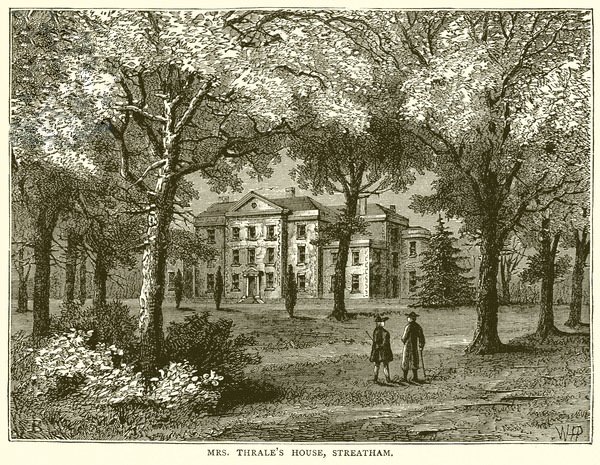

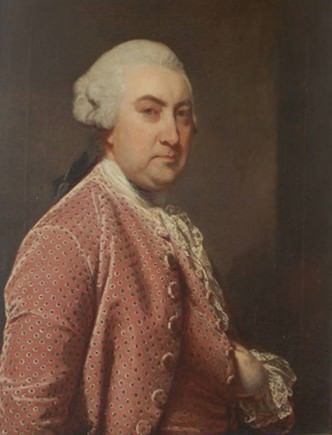
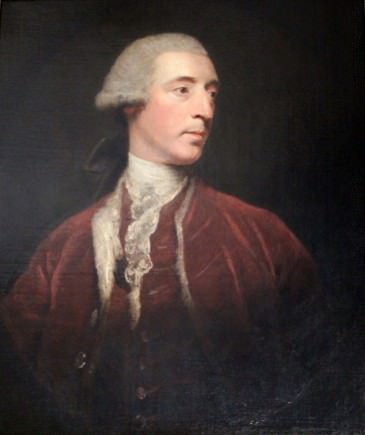
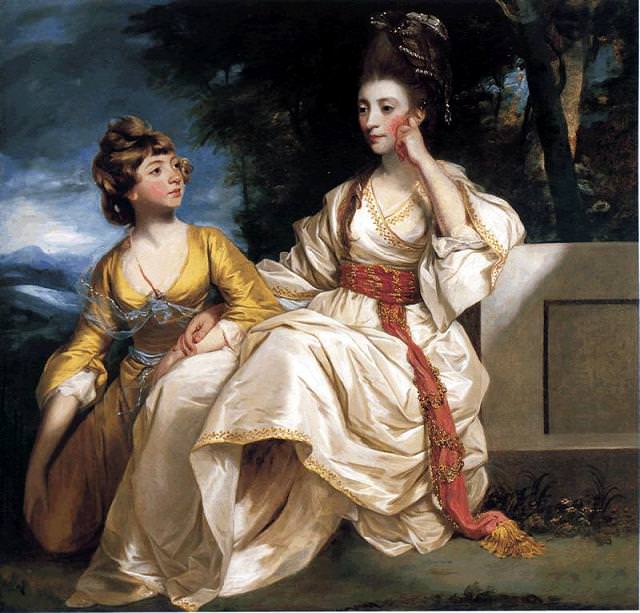
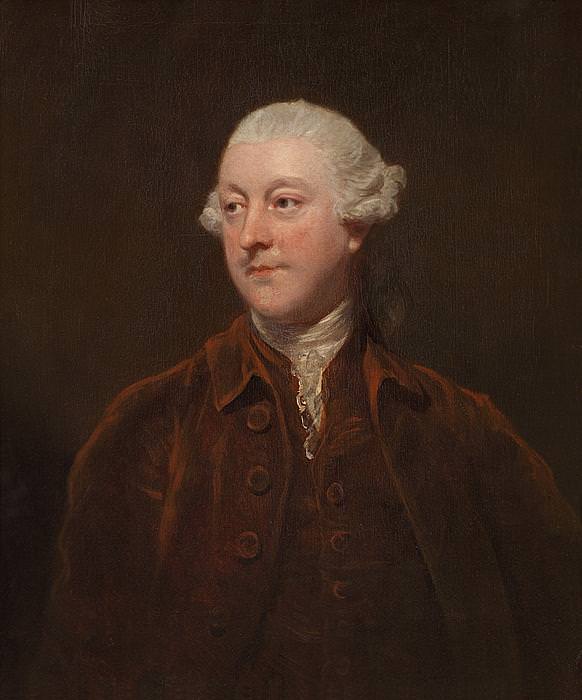
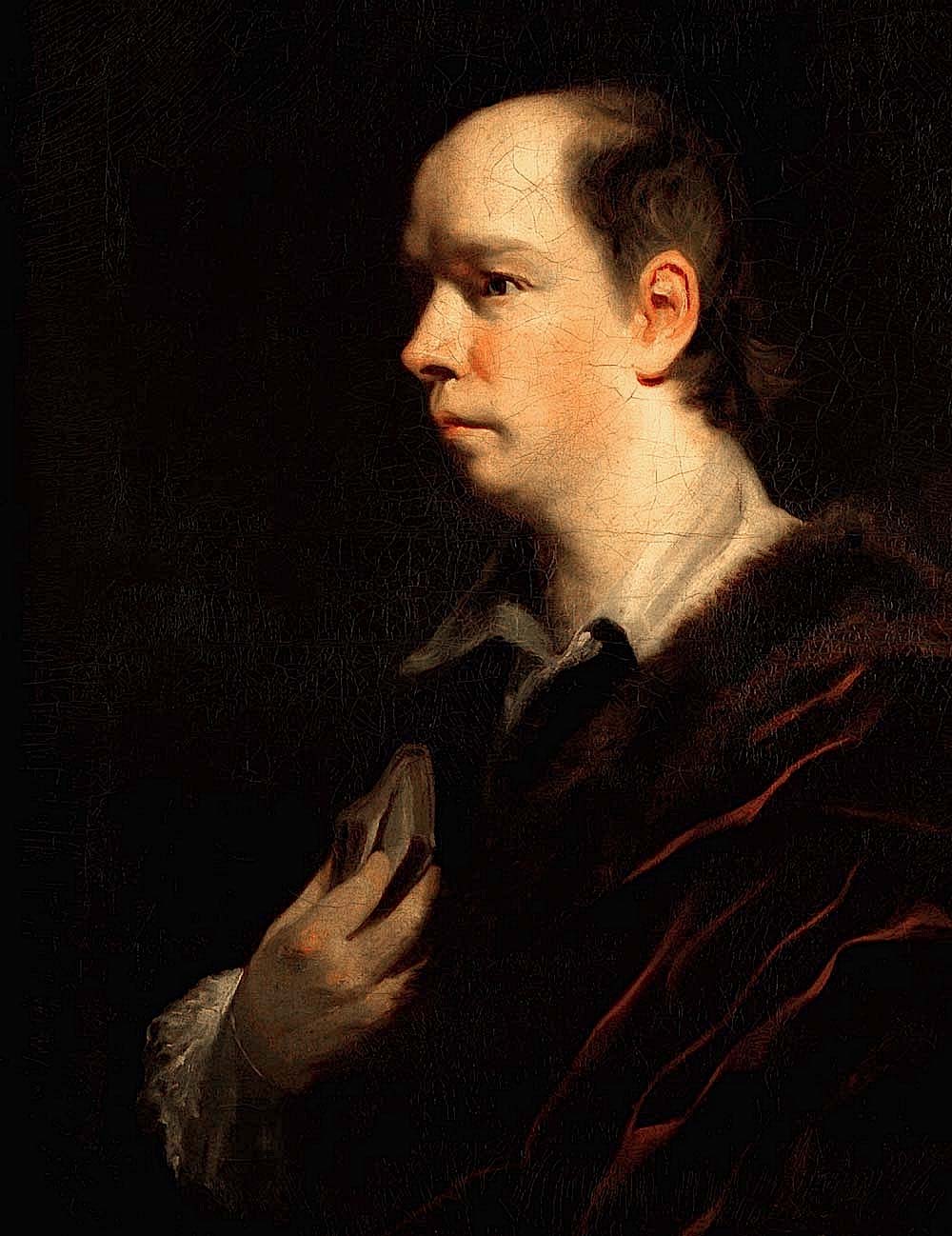
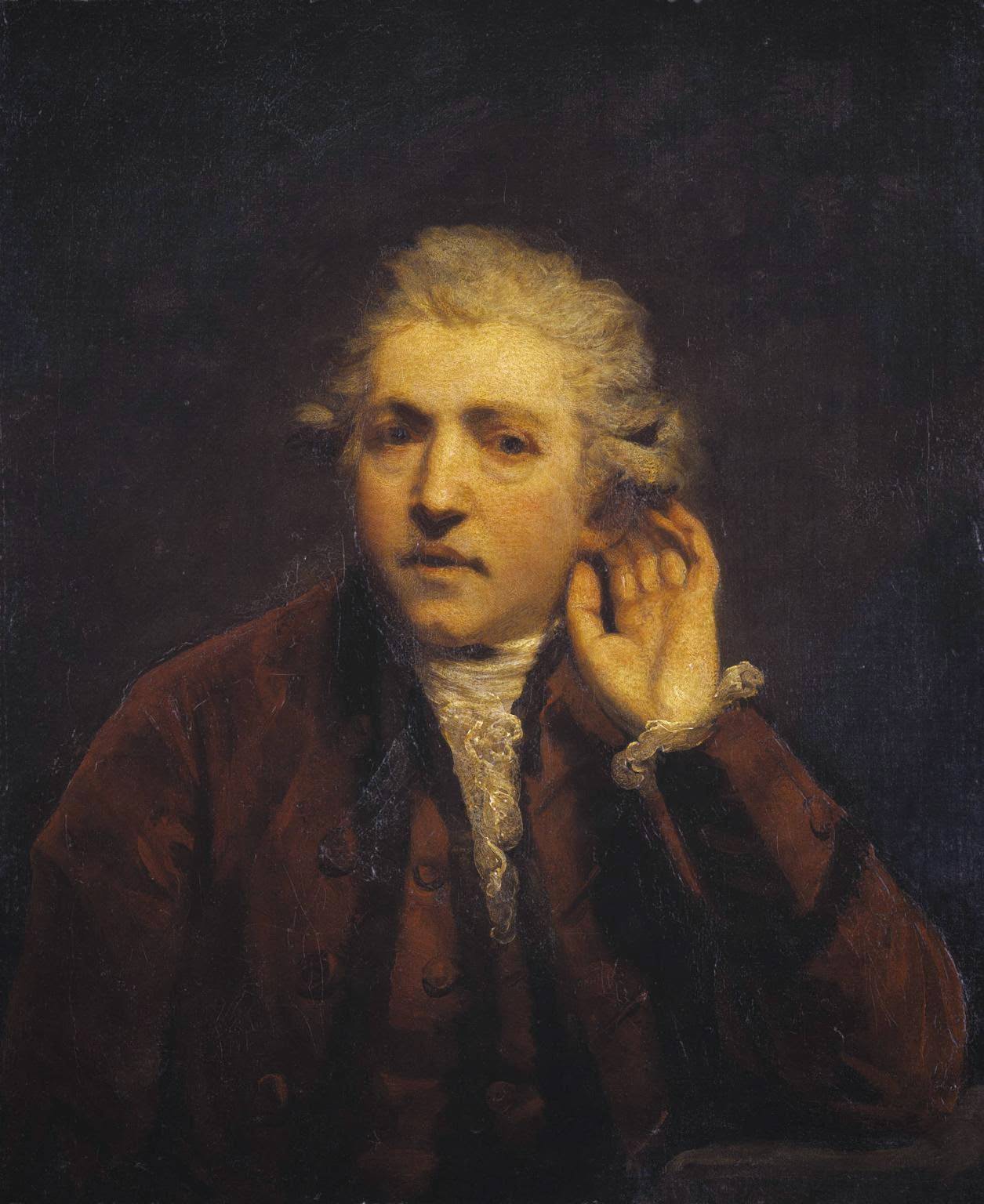
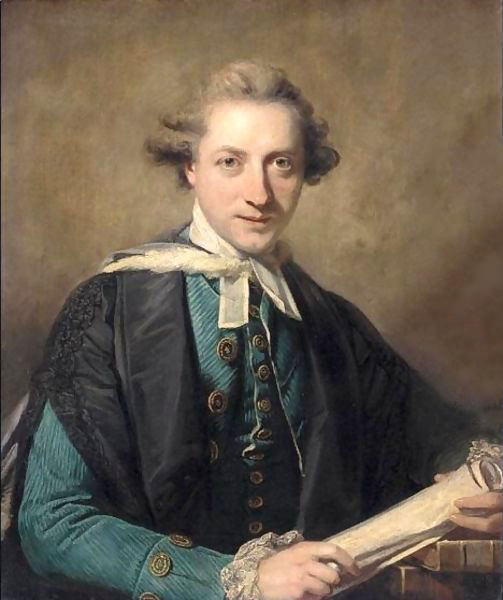

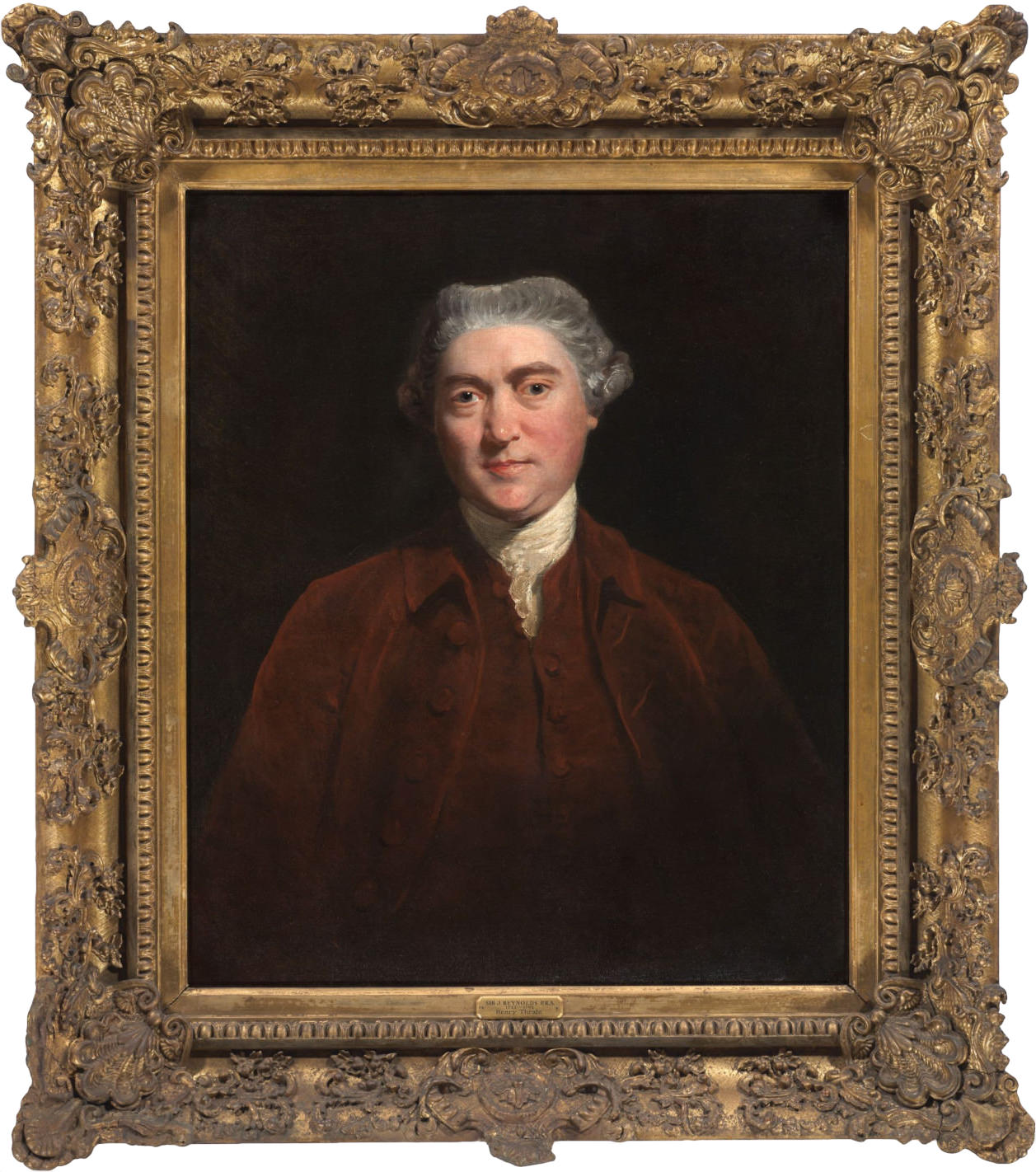
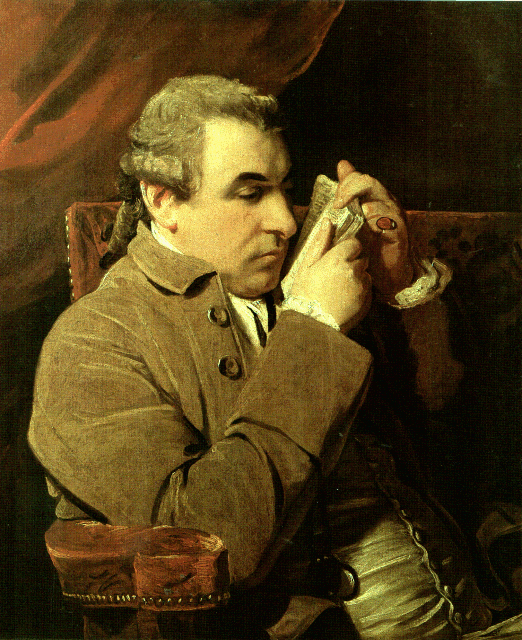
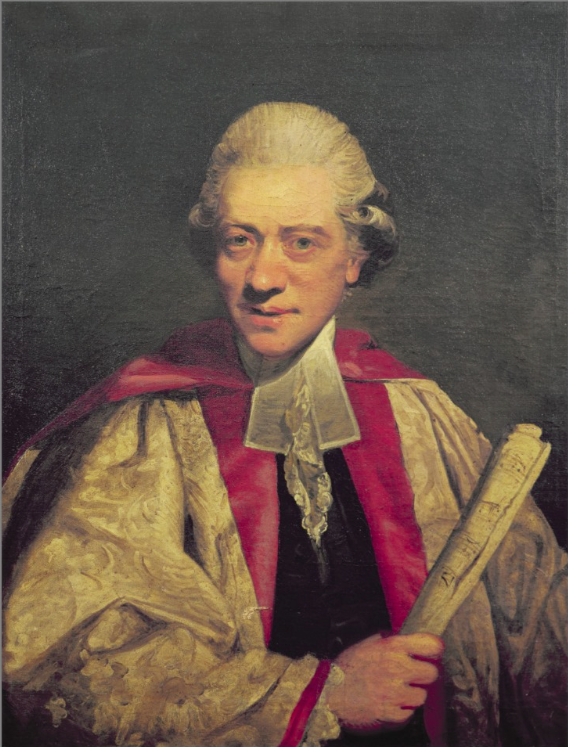


Comments
Pam Golding (not verified)
17 July 2008 - 9:38pm
Permalink
George Crane, writing master
One of my paternal ancestors born in Dorset to a yeoman family died in Streatham in 1777. I found his will by chance on the National Archives site.
George Crane was born at Child Okeford, Dorset in 1748, the 11th child and 2nd son of John Crane & Betty. His will states that his profession was writing master. At his death he was single and what possessions he had he bequeathed to his mother. He named his elder brother, Samuel, and his younger brother, John, as his executors. That is all I know about him.
Studying your site, I think there were young ladies in the Thrale household at this period. Perhaps a writing master fitted in with the new library at Streatham Park?
My family at this time were "up and coming" and continued so until the end of the Napoleonic Wars brought about their ruin. Many of us still live in Dorset or close by!
I realise this is all supposition and not strictly genealogy but it may be of interest to you.
Pam Golding